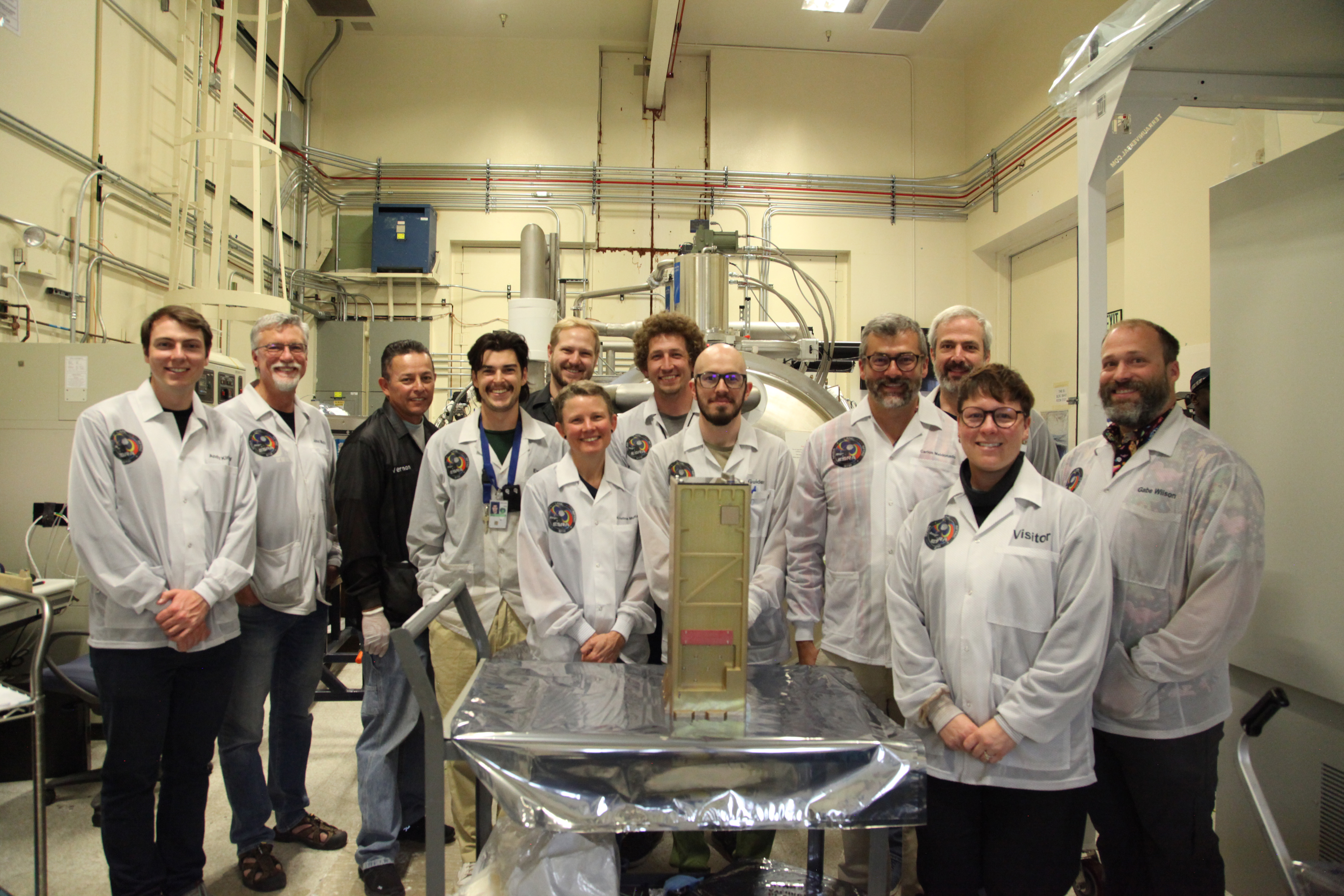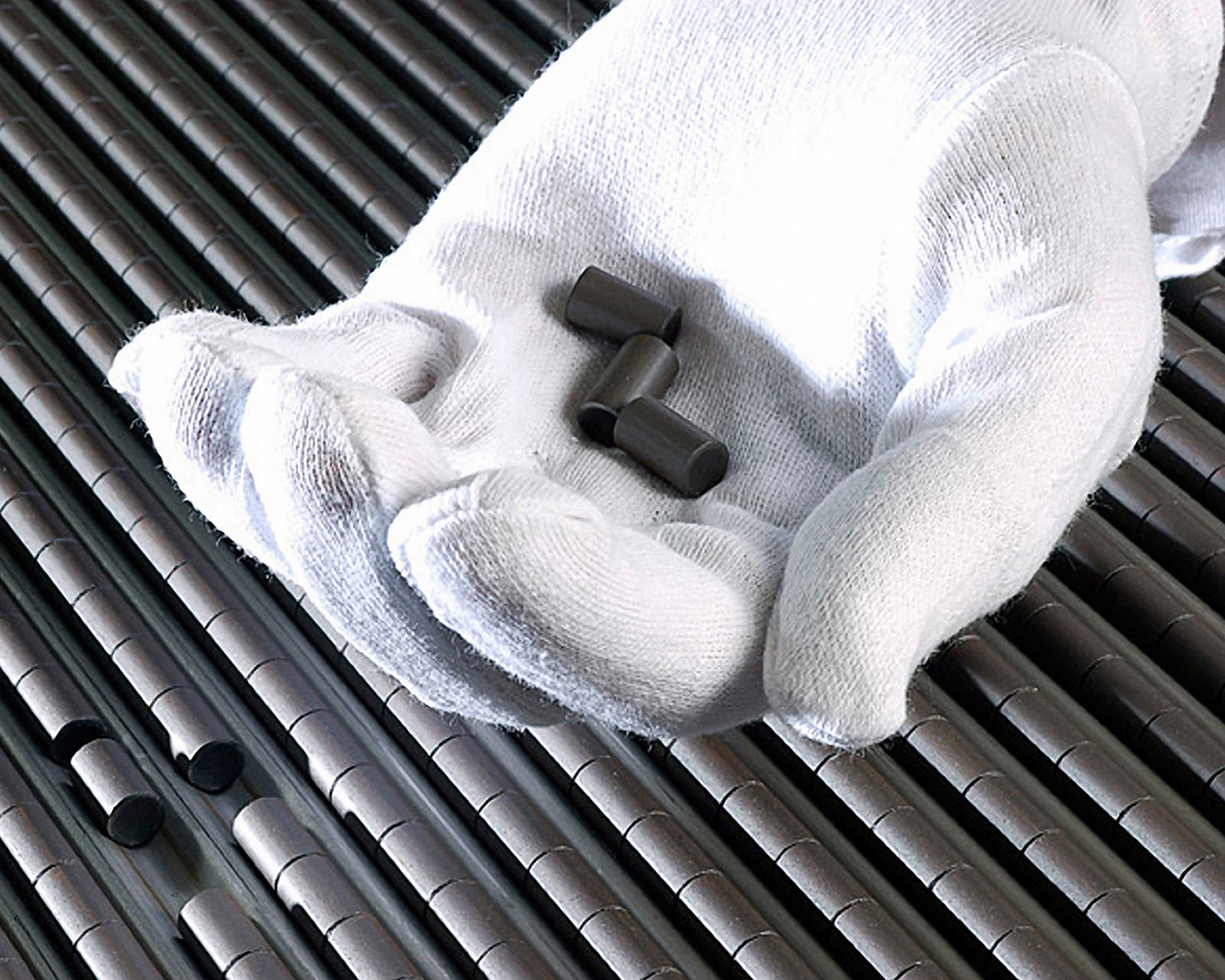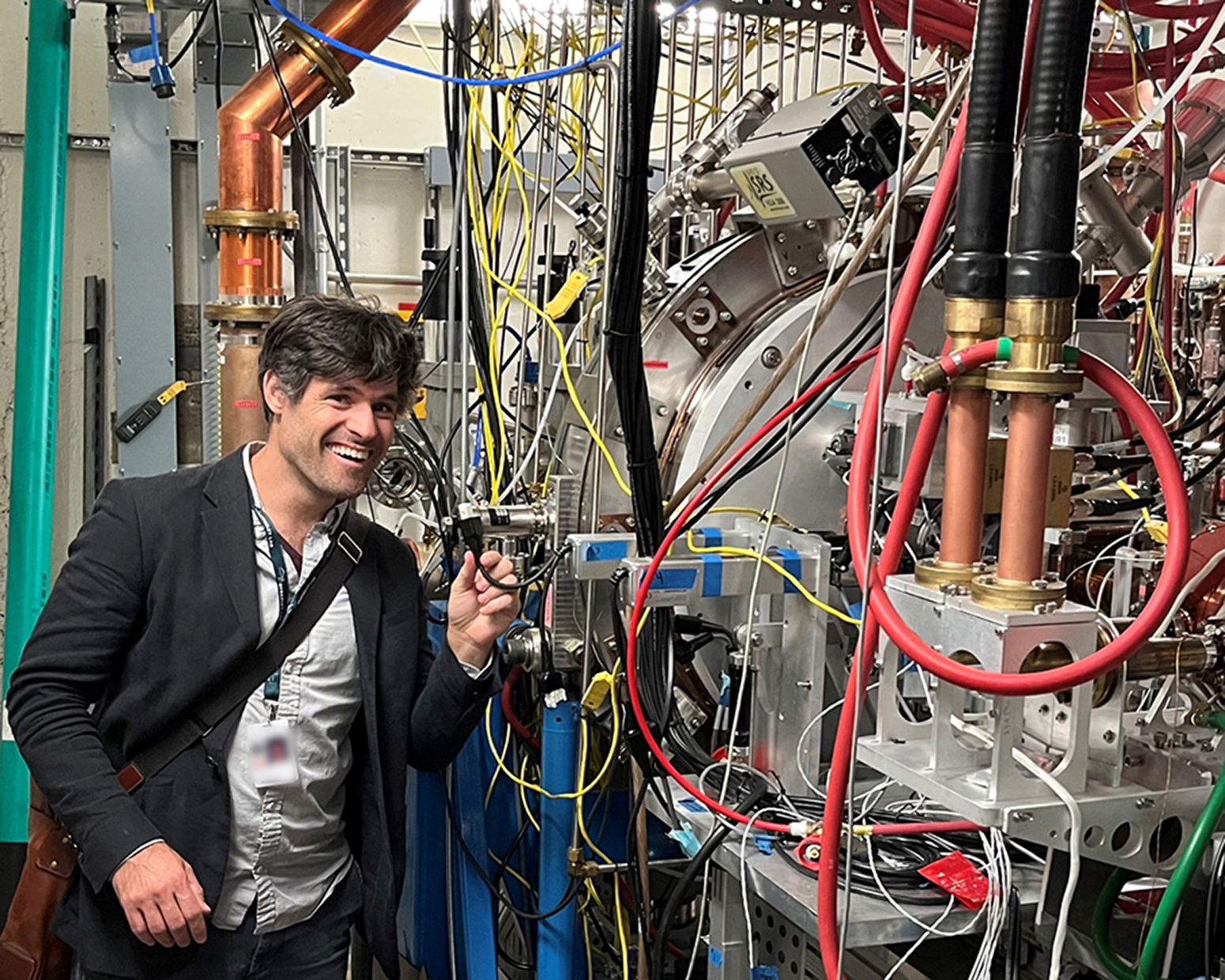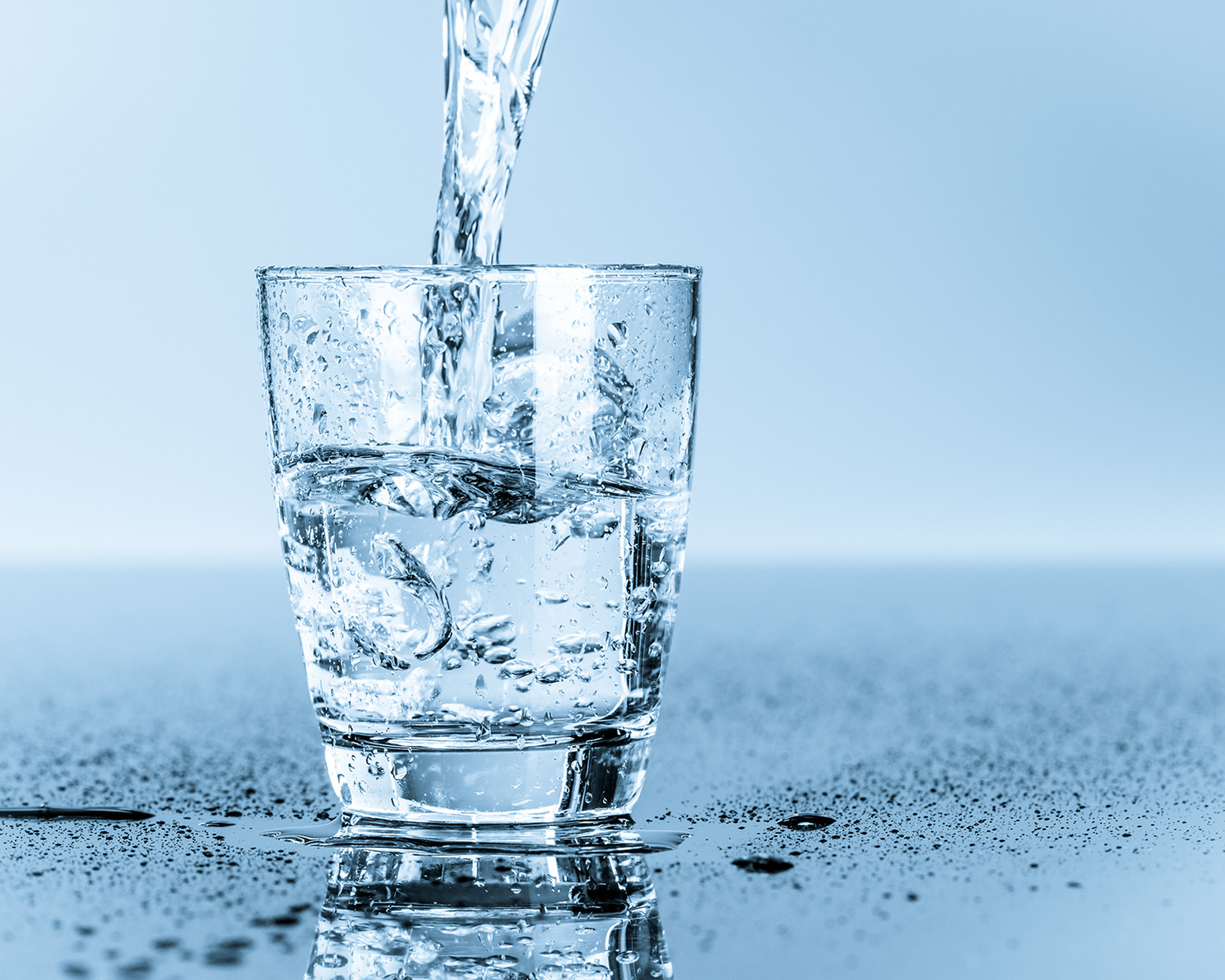Two ions with similar masses won’t sneak past this new space instrument
Advancing technology for space weather forecasting

In just 22 months, a Los Alamos scientific team delivered its ion mass spectrometer payload to the Department of Defense Space Test Program at the NASA Johnson Space Center in Houston, Texas. This is perhaps the Lab’s fastest payload development effort since the heyday of Vela satellite instruments in the early 1960s. A typical NASA payload takes five to seven years.
The research payload, which carries the Autonomous Ion Mass Spectrometer Sentry (AIMSS) instrument, is scheduled to fly to the International Space Station as part of the Space Test Program – Houston 11 mission in February 2026. It will measure ionospheric ions and molecular ions from the space station.
Why this matters: Toward the goal of improving space weather predictions and models, this new instrument is designed to make measurements that account for ionospheric plasma and human-caused contamination (thruster plumes from spacecraft) in low Earth orbit.
- Two ions with similar masses (N+ and O+) behave differently in space, and this could be the first mass spectrometer capable of observing them individually.
- Data from this flight will be used to validate the instrument’s performance and guide design improvements.
How they did it: From project kickoff to hardware delivery (including a six-month feasibility study), this team of mostly early career scientists from the Lab’s Intelligence and Space Research division demonstrated determination, ingenuity, resourcefulness and technical excellence.
Funding: The Laboratory Directed Research and Development program at Los Alamos
LA-UR-25-29137





